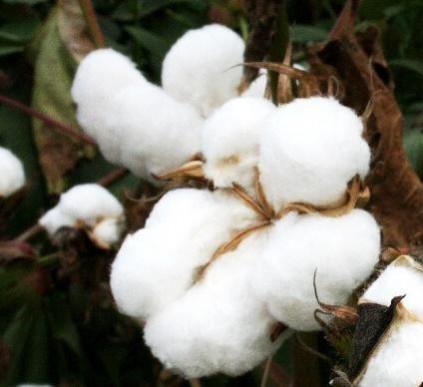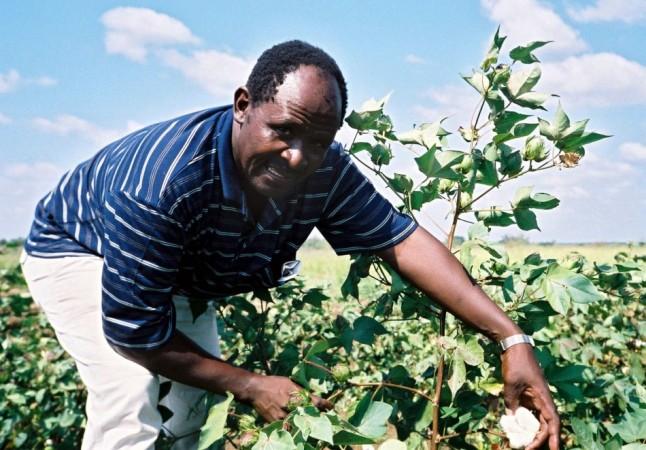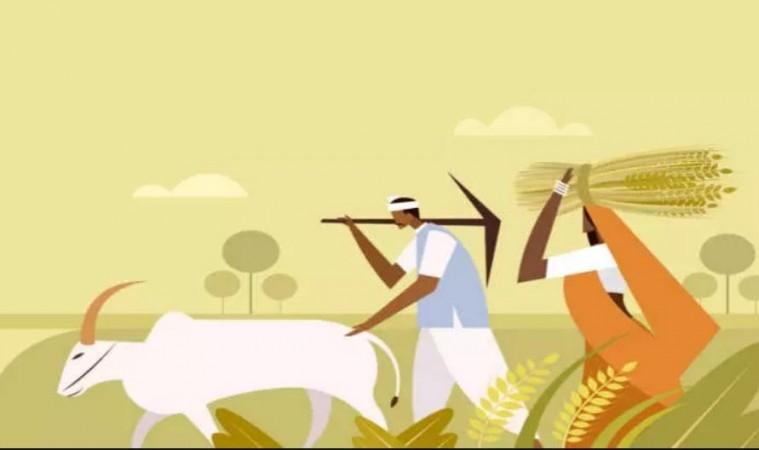
The Union Minister of State for Agriculture & Farmers' Welfare, Ramnath Thakur, recently informed the Lok Sabha about a significant development in the agricultural sector. According to a study conducted by the Indian Council of Agricultural Research (ICAR) and the Central Institute for Cotton Research (CICR), Nagpur, the adoption of Bt cotton has led to a substantial increase in farmers' income across the country.
The study, conducted during 2012-13 and 2013-14, found that the yield of Bt cotton is higher by 3 to 4 quintals per acre compared to traditional cotton. This increase in yield, coupled with a reduction in insecticide cost against the cotton bollworm, has led to a substantial increase in the net return for farmers.
The current net return from Bt cotton is estimated at Rs 25,000 per hectare in rainfed areas, provided suitable agronomy practices are adopted. The adoption of Bt cotton has been rapid and widespread. Currently, more than 96% of the area under cotton cultivation in India is occupied by Bt cotton. This genetically modified (GM) crop was approved for commercial cultivation in the country in 2002 by the Genetic Engineering Appraisal Committee (GEAC) of the Ministry of Environment, Forest and Climate Change.
The impact of Bt cotton extends beyond just increased yield and income for farmers. The study by ICAR-CICR also found that the incidence of bollworm infestation reduced drastically with the adoption of Bt cotton. The number of insecticide applications fell from eight to four, further reducing the cost of cultivation for farmers. Importantly, the studies showed no adverse effect of Bt cotton cultivation on soil ecological parameters, dispelling concerns about the potential negative impact of GM crops on soil health.

During the crop year 2023-24, Bt cotton was grown in 129.27 lakh hectares across 11 cotton-producing states in the country. The total production of Bt cotton during the year was 336.6 lakh bales, with an estimated yield of 443 kg per hectare. Among the states, Maharashtra led the way with the highest area under Bt cotton cultivation at 41.82 lakh hectares. Gujarat followed with 24.84 lakh hectares, Telangana with 19.73 lakh hectares, and Karnataka with 9.49 lakh hectares. In Andhra Pradesh, 7.04 lakh hectares were under Bt cotton cultivation during 2022-23, with as many as 4,73,345 farmers cultivating the crop.
In the northern states, Rajasthan had the highest acreage under Bt cotton with the crop being sown in 8.15 lakh hectares. Neighbouring Haryana devoted 5.75 lakh hectares to Bt cotton, while Punjab had 2.49 lakh hectares under the crop. In the central region, Madhya Pradesh had 5.95 lakh hectares sown with Bt cotton during 2022-23.
The adoption of Bt cotton and its subsequent success in India is reminiscent of the Green Revolution in the 1960s and 70s. The Green Revolution, which involved the introduction of high-yielding varieties of seeds and increased use of fertilizers and irrigation, resulted in a significant increase in the production of food grains, particularly wheat and rice, in the country. The adoption of Bt cotton seems to be having a similar transformative effect on cotton cultivation in India.

The adoption of Bt cotton in India has resulted in increased yield and income for farmers, reduced cost of cultivation, and no adverse impact on soil health. These benefits, along with the widespread adoption of Bt cotton across the country, make it a significant development in the agricultural sector in India. However, the journey of GM crops in India is still in its early stages, and the future will depend on how the country navigates the challenges and controversies surrounding these crops.









!['Had denied Housefull franchise as they wanted me to wear a bikini': Tia Bajpai on turning down bold scripts [Exclusive]](https://data1.ibtimes.co.in/en/full/806605/had-denied-housefull-franchise-they-wanted-me-wear-bikini-tia-bajpai-turning-down-bold.png?w=220&h=138)



